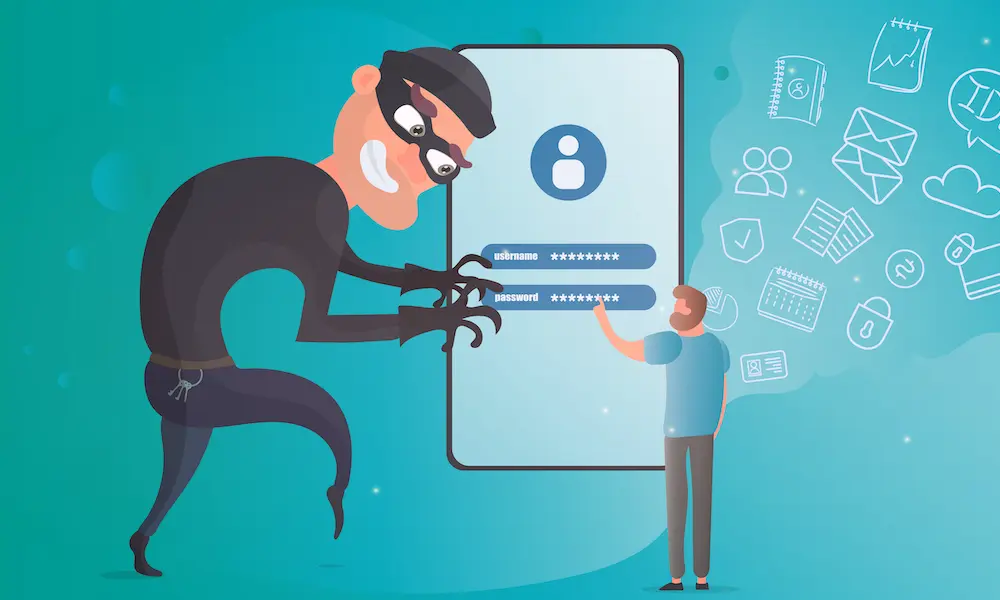Security
3 Expert Tips to Protect You Against Malvertising

Malvertising remains a severe challenge. It involves spreading malware or unwanted software through online advertising, often via deceptive ads that contain malicious code.
Cybercriminals exploit online ad systems by creating malicious ads that contain infected code. These ads can be found on legitimate websites or even reputable ad networks.
When users interact with infected ads by clicking or viewing them, the malware can be installed on their devices without their knowledge. This can lead to cybersecurity issues such as data breaches, identity theft, or unauthorized access.
Malvertising does not always require user action, and it is prevalent on mobile devices, where users are more susceptible to clicking by accident.
Since the first known attack in 2007, the number of malvertising attacks has grown exponentially, numbering in the billions! Before you go off the grid, here is a list of tips to help you prevent and deal with malvertising.
Tip #1: Make sure all your software is up-to-date
Ensuring your software is updated means better security against malvertising. Software updates can include patching up vulnerable spots to prevent abuse by hackers.
By remaining vigilant and promptly installing updates for your operating system, web browser, plugins, extensions, and security software, you can effectively mitigate the threat posed by malvertising and other online dangers.
That being said, cyberattacks are often delivered through fake software updates.
Web Ads
Web ads can be a channel for fake software updates so know this, anti-malware companies would never send you alerts through a web ad. Companies can’t detect infections on your system just because you visit a site. You may receive a notification within the software you’re using, such as AVG Internet Security, which often informs users of known local vulnerabilities through their software pop-ups.
Browser popups
A popup is a tiny window that pops up on your screen, typically when you’re browsing a website. It appears at the top of your viewing content, hence the name. Popups are commonly used for advertising, notifications, and generating leads.
Popups can be used as a means of malvertising due to the following:
- High visibility
- Limited user control
- Exploitation of trust
- Dynamic content
- Vulnerabilities in website code
- Reliance on ad networks
- Evasion techniques
Users should be cautious when encountering popups and avoid clicking on suspicious or unexpected content. Popups can look so realistic, but if you read the content closely, you may notice the language they use.
Hackers use words like immediately and urgently to get you to act fast without thinking. Make sure to read carefully before you click on anything. They also hide their “X,” so when you try to close the popup, you actually are engaging with it.
Language
If your ads have English language errors like spelling or grammatical mistakes, you know you have a fake
System tray
System tray notifications can be even more convincing. Again, look for the over-the-top scare factor or urgency.
Products
Read product names carefully when you get a popup. Look for names that seem fake and vague promises like “we’ll protect your privacy.” Always search for the name. If it’s not on page 1 of Google, it’s fake. Another dead giveaway is asking you to purchase or send money, like with ransomware.
Close your browser
Instead of clicking a suspicious ad, close your entire browser. If the ad goes away, guess what? If the alert closes with the browser, you have yourself a faker.
Tip #2: Watch out for links
Email is one of the easiest ways for hackers to attack. Attachments and links can open malware. This is referred to as phishing. Using an email service is a great idea, as they have specific tools to prevent maliciously from targeting you through link protection and filtering your spam.
Tip #3: Ad Blockers
Ad blockers are an effective way to prevent cyberattacks and safeguard your privacy. It is crucial to prioritize prevention by conducting thorough research to select a reliable cybersecurity company to protect you against malvertising.
Now that you know what to look out for, use excellent tools, like adblockers, to prevent these messages from appearing.
Using a legitimate solution like AdBlock and BlackFog Privacy will protect you from several cyberattacks, from malvertising to profiling on the Dark Web. Here are a few reasons why you want to block ads:
- Protect your privacy
- Protects against malvertising
- Reduce HTTP cookies
- Better UX
- Remove the clutter
- Load your content faster
Bonus Tip: Prevention
Every time you go online, countless spots ask for your info. This malvertising technique gets you to enter private information when you otherwise wouldn’t. Prevention is always the best sort of protection, so get proactive.
Use the Brave Browser, which automatically blocks third-party ads and trackers. This provides a safer browsing experience and, as an added bonus, faster page load times.
Takeaway
Malvertising remains a persistent threat, but there are effective strategies to safeguard against such malicious attacks. Being vigilant and recognizing warning signs can help thwart potential threats.
Keep an eye out for alarming popups and typos, and remember that reputable companies do not rely on web ads that vanish when you close your browser – a clear indicator of fraudulent activity.
To learn more about cyberattacks, see this article on AI-assisted ransomware.






